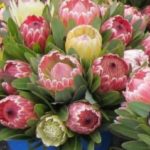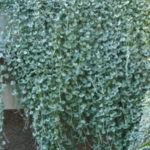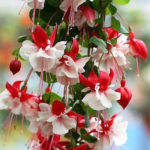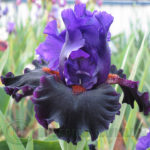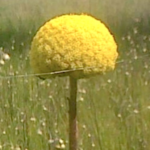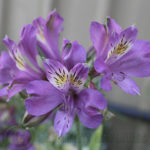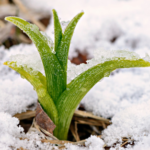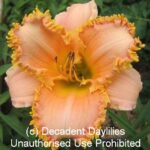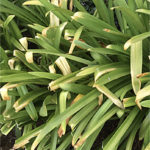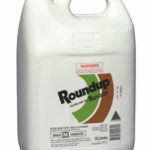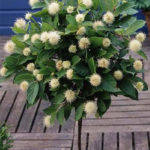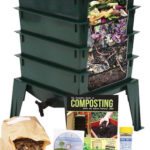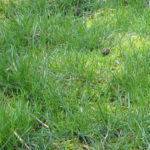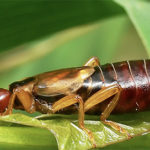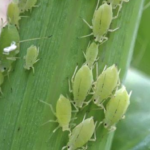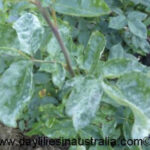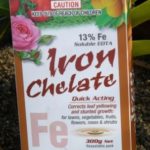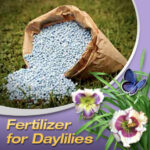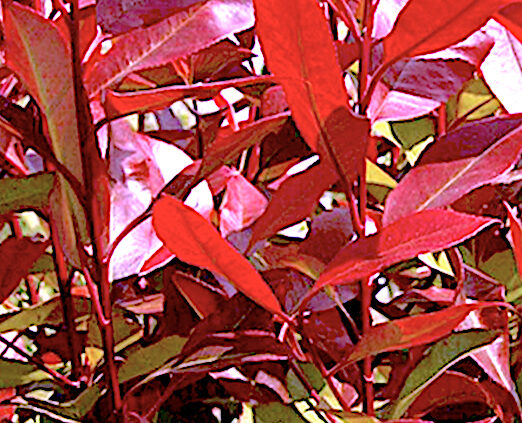
Help in Planting Photinias in Pots and in the Garden
Caring for Nice Looking Photinia Shrubs in Pots and in the Garden
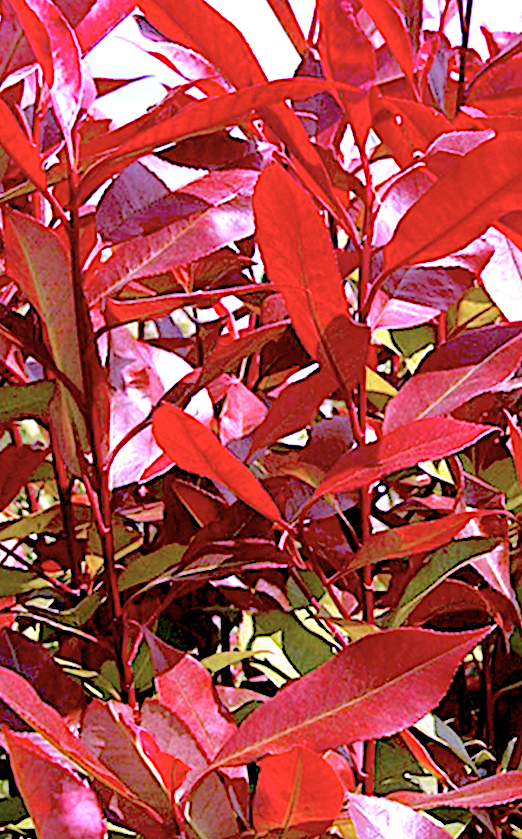 Photinia
Photinia
Photinia is evergreen shrubs belonging to the Rosacea family and has shiny or glossy leaves. The young leaves are bright red or bronze spring shoots and it turns to green when they mature. This plant is usually used as a hedge plant and as screens. They can also be grown in pots. The red tip Photinia can grow to a height of 1.8 to 3 metres and some cultivars can reach a height of 20 feet or 6 metres. You can trim the plant regularly to make it produce new leaves always. We experience flowering season in the spring and if you sniff the small white flowers they have an unpleasant odour. The pollen is also deadly for hayfever sufferers. These plants produce red pome fruits and are resistant to animals as they are unlikely to eat them. Photinias can be planted anytime of the year if you wish to grow them in your garden.
How to Grow Photinia in Pots
If you want to grow Photinia in pots, consider the following.
- Select a Photinia variety that is suitable to grow in a pot. Red robin or Photinia Fraseri and Pink Marble etc ideal plant for growing in a container.
- You need to use a pot that is at least 30 cm deep and wide.
- Fill the pot with well-draining soil mixed with compost or potting mix
- Position the plant in a hole in the potting mix and backfill it and press firmly on the sides
- Water deeply after planting will help settle the soil
- Keep in a sheltered area for a few days and later place in full sun
- Depending on the weather water the plant once or twice a week
- Prune the plant regularly to keep the plant in shape and to get bright red leaves.
- Feed your photinia plant in late spring with foliar spray or granulated fertilisers which are rich in phosphorus.
- Mulch photinia plants in hot climates to save on water. Keep wet mulch a little away from the tree trunks.
How to Grow Photinia in the Garden
In the garden, this plant can be grown as an individual specimen tree or as hedges. Consider the following care and guidelines when planting in the garden.
- Select a sunny spot or lightly shaded area in the garden to plant Photinia.
- Prepare the soil by adding organic fertiliser or compost. They can survive in most types of soil except chalky soil.
- Make sure soil is well-draining.
- Planting in Autumn promotes root development. Avoid planting in winter.
- Plant them at an interval of at least 80 cm if growing as a hedge or screen. Planting too close prevents proper air circulation and causes leaf spot.
- Prune Photinia at least twice a year. Once after blooming in spring and once after growth during the autumn season.
- Propagate Photinia this time of year using 7 to 8 cm stem cuttings in the cool shady part of the day in late summer to make your own tubestock.
Problems and Diseases of Photinia – Basic Care
- Not blooming
If your Photinia is not developing blooms, then it may be due to pruning done just before the blooming season or the plant is not receiving enough sunlight.
- Leaf scorching
In an extremely hot climate, the plant can develop leaf scorching if watering is not sufficient.
- Leaf Spots
The black spots on the leaves affect the beauty of the plant, but it is not deadly for the plant. The leaves will slowly wilt and fall off.
- Leaf curl
The edges of the leaf start curling and rolling inwards and develop a yellowish colour. This is a fungal disease and can be controlled by spraying with Copper OxyChloride or Kocide Blue Xtra fungicide as a preventative in Australia. Start spraying early spring this protects photinia plants from fungal diseases such as black spots, leaf curl and mildews, etc. It is useless to spray fungicides for leaf curl once the fungus has already appeared but it may help to stop the spread.
Photinia Varieties
Some of the popular varieties of Photinia are
- Glabra Rubens has a finer leaf of bright colourful crimson which fades to green. Unmanaged is capable of growth to six metres.
- Super Bronze able to grow 5 metres high with super bronze growth throughout the warmer months.
- Black Jack has evergreen dark foliage a new colour. Heightens to 4 metres tall.
- Red Robin is the most popular allrounder a lot of my friends have this one. It was bred in New Zealand and has bright shiny blazing new red growth. Copes with humidity and hot climates as well as sub-zero temperatures. You can bank on good growth and their ability to grow up one foot a year with white flowers flowering in spring.
- Allyn Sprite is a short evergreen lowest growing only grows to an equal 75cm high and wide.
- Super Hedge as the name implies, best cold tolerant quick growing has the ability to grow 2 metres each year.


